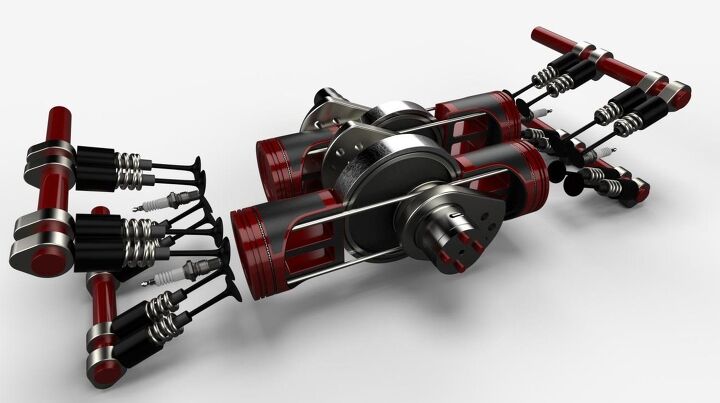#SAEWorldCongress
The New Waissi Engine, Pistons But No Connecting Rods
Though much of the attention paid to new automotive drivetrains recently has focused on hybrids and battery electric vehicles, the simple fact is that internal combustion engines are going to be around for a while. They’re still teaching the old dog a few tricks and even coming up with a new breed or two as can be seen every year at the Society of Automotive Engineers World Congress, in Detroit’s Cobo Hall. There is always at least a handful of inventors and promoters at the SAE confab showing off their new engine designs. Maybe it’s the romantic idea of a lone inventor trying to prove his concept in the face of a skeptical world, but after looking over the convention program, the booth that I most wanted to visit was that for the Waissi Engine, the invention of Gary Waissi, an engineering professor at Arizona State University.
British Auto Industry Revived Under New Ownership, Motor City Benefits
In the early 1980s, when Japanese car companies started conquering the automotive world, few would have predicted the survival of the British car industry. British Leyland, whose umbrella eventually included most British marques except for tiny specialists like Lotus and TVR, was busy going defunct. In the 1950s and early 1960s, export demand, particularly for sports cars, helped keep British car factories humming. By the 1980s, though, decrepit factories, continual labor unrest, abysmal quality and Lucas electrics made success virtually impossible in the face of the well engineered and reliable new Japanese cars. Now, three decades later, at a time when the continental European automobile industry is plagued by overcapacity and a dormant market (issues with the Euro, Greece and other debtor countries are probably a factor as well), the British automotive sector is in the best shape it’s been in since the 1960s.
















Recent Comments